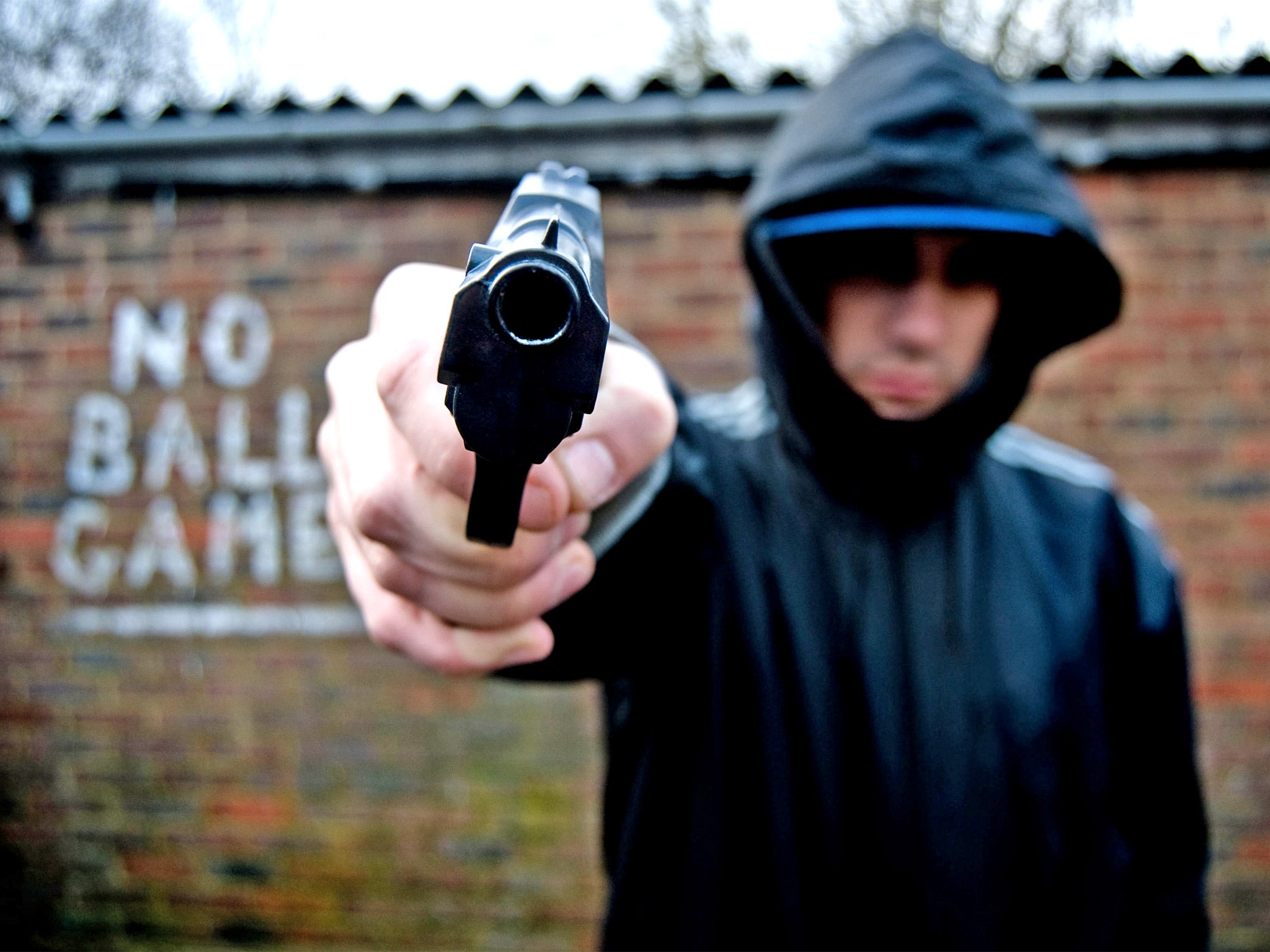Violent crime up by a quarter in England and Wales
But Office for National Statistics says most of the rise is due to changes in police recording practices. Hillsborough victims included in homicide figures for the first time following inquest’s unlawful killing verdict

Violent crime has increased by nearly a quarter, with firearms offences rising by 7 per cent in the year ending June 2016, according to police figures.
Police forces in England and Wales recorded an annual rise of 24 per cent in violence against a person over the same time period. The total of just over one million violent offences was the highest number recorded in a 12-month period since the introduction of the national crime recording standard in April 2002.
Police also recorded a seven per cent increase in all types of offence, producing a total 4.6 million violent and non-violent crimes in the year ending in June 2016.
Official statisticians, however, said the increases were likely to be largely the result of changes and improvements in police crime recording practises.
The Office for National Statistics (ONS) attributed a third of the 24 per cent rise in recorded violent crime to the addition of a further two harassment offences to the list of incidents classed as violent by the police.
Other factors in the increase, the ONS said, included: “Improvements in the wake of the renewed focus on the quality of crime recording [and] an increase in the proportion of violent crimes reported to the police.”
Once all these factors had been taken into account, the ONS said, you were left with only “possible small increases in violent crime.”
Police also recorded 681 homicides in the year to June 2016, 114 more than the previous year, representing a 20 per cent increase.
Nearly all of this increase, however, was due to the 96 deaths at the 1989 Hillsborough stadium disaster being included in statistics for the first after an inquest jury ruled in April that the victims had been unlawfully killed.
The ONS said that excluding the Hillsborough victims, the rise in the homicide rate was three per cent.
The current homicide rate (10 per million population, excluding the 96 Hillsborough deaths) is also lower than the rate recorded a decade ago (14 per million population, in the year ending March 2006) and 5 years ago (12 per million population, in the year ending March 2011).
The ONS added that the Crime Survey for England and Wales – which is based on asking members of the public about their experiences of crime rather than relying on police figures – had showed little annual change in the total number of offences.
The Crime Survey estimated there were 6.4 million incidents of crime, which the ONS said was not significantly different compared with the previous year’s estimate of 6.5 million.
John Flatley, of the ONS, said: “Violent crime covers a wide spectrum, from minor assaults, harassment and abuse that result in no physical harm to the victim, through to incidents of wounding and murder.
“The latest figures present a complex picture, with the Crime Survey for England and Wales estimating similar levels of violent crime to that seen in recent years, but the number of offences recorded by the police increasing.
“We think the rise in the police figures is due to a combination of factors. First, the expansion of the police series to cover new harassment offences. Second, a greater proportion of incidents reported to the police being recorded as crimes.
“At the same time, the crime survey has shown a greater proportion of victims of violent crime reporting to the police. Finally, it appears there has been a small but genuine increase in some categories of violent crime.”
In the latest year police recorded almost 30,000 offences involving a knife or sharp instrument, up by nine per cent on the previous 12 months, although there has been a general downward trend over the longer term.
Offences involving firearms in the latest year rose by seven per cent to 5,244 compared with the previous year. This was said to be largely driven by an increase in offences involving imitation and other firearms such as BB guns and soft air weapons – and an increase in offences involving a handgun.
The ONS report said: “For both knife crime and firearm offences, there appears to be a mixed picture with some evidence to suggest there has been a small but genuine rise in some areas but also suggestions that it reflects general changes in recording processes.”
